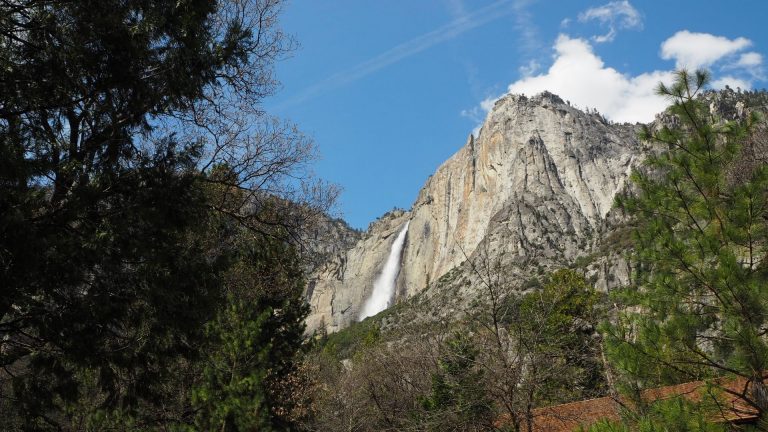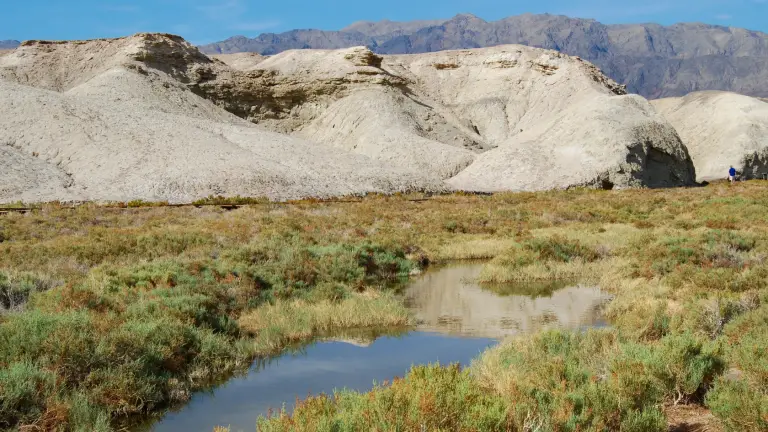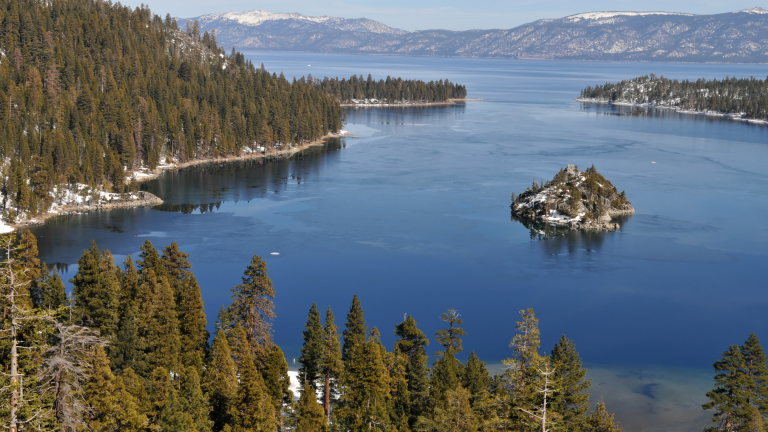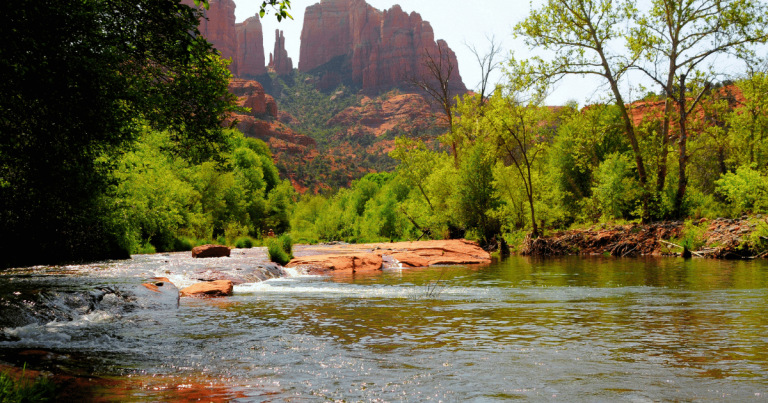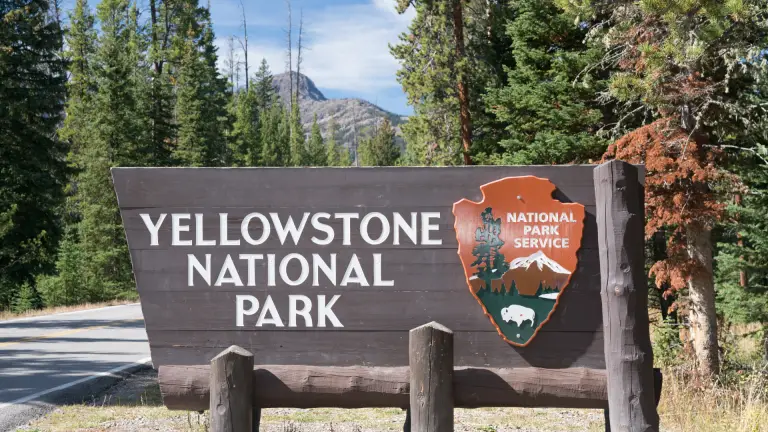The Mystical Beauty of Cascade Falls Yosemite
California’s Yosemite National Park draws in a great number of visitors every year, who come to witness its striking scenery, extraordinary waterfalls, and rich flora and fauna. Cascade Falls, in particular, is a sight to behold, featuring a vivid emerald-green pool and a stunning cascade that will leave you in awe.
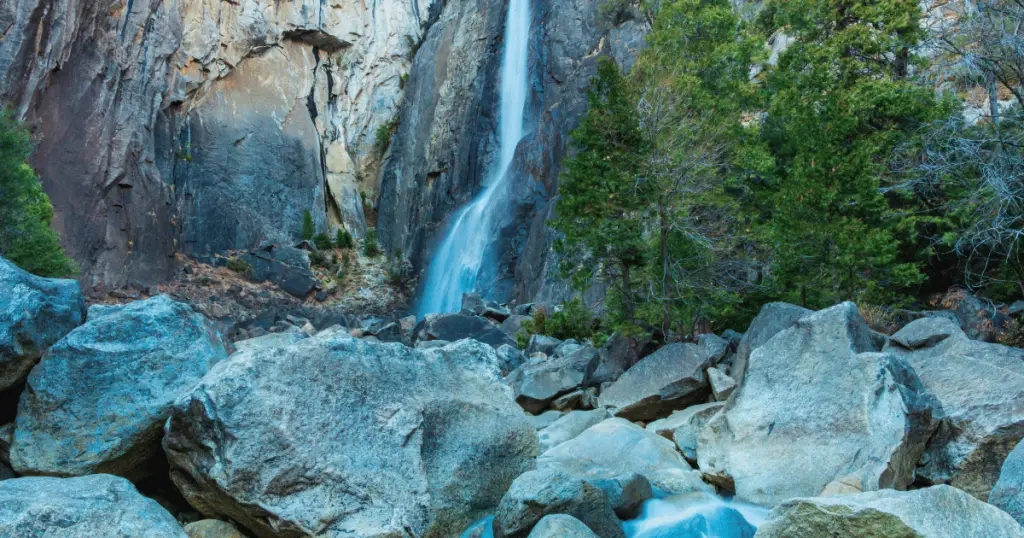
Cascade Falls Location and Accessibility
Cascade Falls is nestled in the western portion of Yosemite Valley, along the El Portal Road. It’s situated at an elevation of 5,971 feet, promising a scenic and invigorating hike.
To reach Cascade Falls, begin your journey at the Cascade Creek trailhead. This trailhead is off the main highway, just about 2 miles west of the intersection with the road leading to Yosemite Valley. Look for the trailhead marker indicating the start of the Cascade Creek trail. It’s a marked, moderately trafficked path, suitable for hikers of all skill levels.
The trail to Cascade Falls is accessible year-round, although the best time to visit is in the spring when the falls are at their most potent. The falls may dry up in late summer and fall. The trail may be covered in snow during winter, so appropriate gear and caution are necessary. Please always check current park conditions before planning your hike.
The Geological Marvel of Cascade Falls
Cascade Falls is about 500 feet tall, emanating from Sentinel Creek and flowing into the Merced River. It is one of the longest waterfalls in Yosemite Valley, boasting an incredible view of its emerald-green pool.
Formation and Geological Significance of Cascade Falls
Cascade Falls is a geological wonder that’s a testament to the power and artistry of nature. Formed by thousands of years of erosion from Cascade Creek, the falls have cut a deep path through the granite landscape. The geological significance of the falls lies in its ability to showcase the ongoing processes of erosion and deposition that continually shape our natural world.
The Role of Glacial Activity
The cascading falls originated in the glacial activity that once dominated this area. Thousands of years ago, glaciers moved slowly through Yosemite Valley, grinding down the rock beneath them and carving out the distinctive U-shape of the valley. As the glaciers melted, they left behind cliffs from which water could fall, giving birth to the cascading waterfalls we see today.
Unique Rock Formations Surrounding the Falls
The area surrounding Cascade Falls is dotted with unique rock formations, each with its own story. For instance, the El Capitan granite, the world’s largest monolith of exposed granite, is a silent witness to the glacial activity forming the valley.
Further along the trail, hikers can encounter formations of quartz monzonite, a testament to the volcanic activity that once occurred here. These formations, with their distinctive coloring and crystalline structure, add a touch of drama to the already captivating landscape of Cascade Falls.
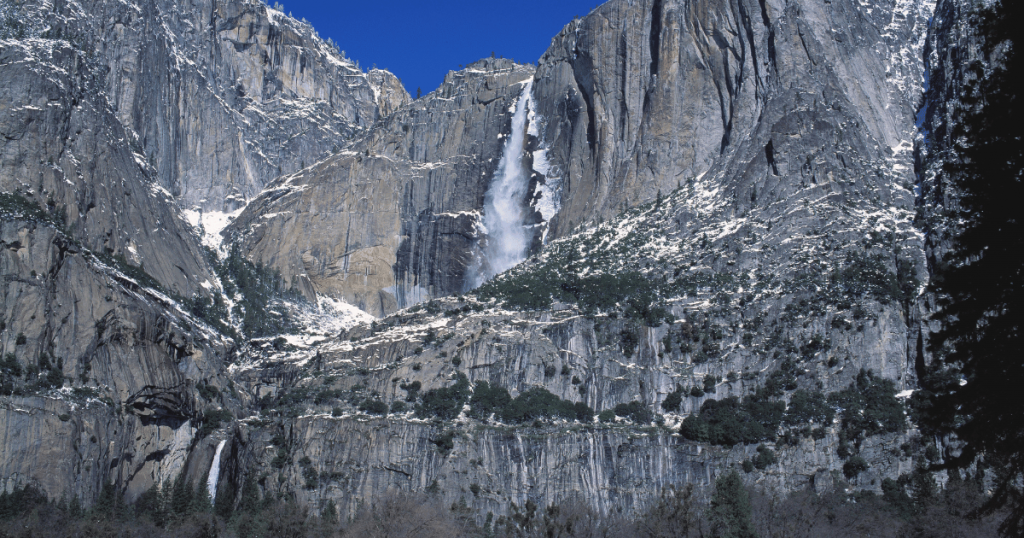
Flora and Fauna at Cascade Falls
Cascade Falls offers a vibrant glimpse of the natural beauty of Yosemite Valley. Along the trail, hikers can encounter some of the local fauna, such as mule deer, bobcats, and various species of birds. The lush forest is home to many plants and trees, including wildflowers like lupines and Indian paintbrush.
Overview of the Diverse Plant Life in the Cascade Falls Area
The area surrounding Cascade Falls is a botanical wonderland, housing various plant species that flourish within its unique environment. Above the landscape are the Black Oaks, Ponderosa Pines, and Incense Cedars, offering a verdant canopy that provides shelter to the diverse wildlife.
Specific Plant Species and Their Adaptations
Among the unique plant species that thrive in this area, the Manzanita stands out with its red bark and clusters of small, bell-shaped flowers. Adapted to the drier conditions on the mountainside, Manzanita plants possess small, tough leaves that reduce water loss through evaporation. You might also spot the Sierra gooseberry, a spiny shrub that bears tart berries, adapted to withstand the rigorous weather conditions with its rugged, thorny exterior.
Insight into the Wildlife that Can be Spotted Around the Falls
The unique ecosystem surrounding the falls is teeming with wildlife, offering ample opportunities for nature enthusiasts to spot various creatures in their natural habitat.
Bird Species
Birdwatchers will delight in the diversity of avian species that frequent the falls. Look out for the striking Steller’s Jay with its bold blue-black plumage or the American Dipper, often seen diving into the creek for aquatic insects.
Mammals
For the keen-eyed observer, mammals such as black bears, mule deer, and raccoons are commonly sighted in the area. Remember to keep a safe distance and never feed or approach wild animals.
Insects and Aquatic Life
The waterways and moist environment of Cascade Falls support an abundance of insects and aquatic life. From the iridescent wings of the dragonflies hovering over the water surface to the trout darting in the clear waters, there’s always something fascinating to observe.
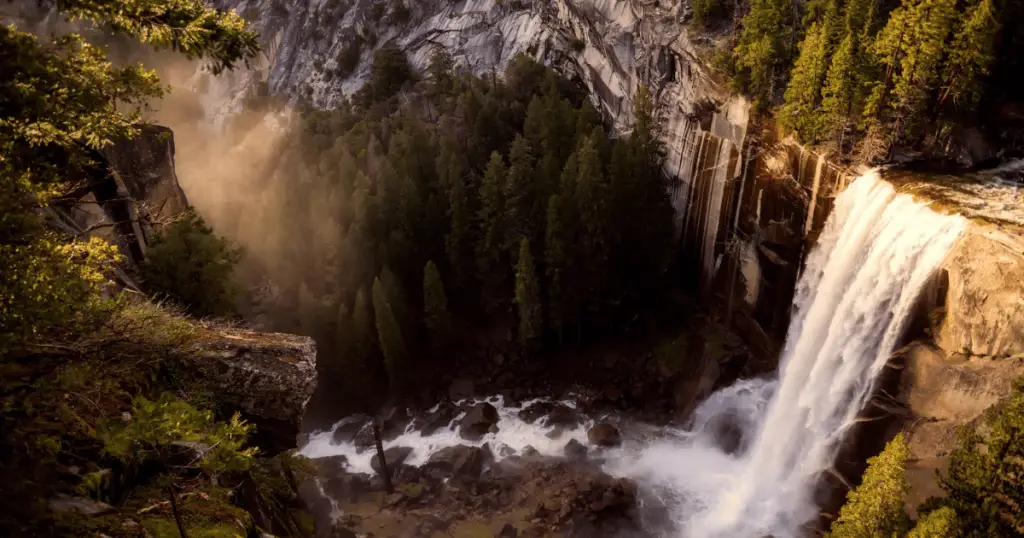
Historical and Cultural Significance of Cascade Falls
Cascade Falls holds a rich tapestry of history and culture woven through centuries of habitation, exploration, and natural wonder.
Cultural Importance of Cascade Falls to Indigenous People
The region’s indigenous people, including the Ahwahneechee and Miwok tribes, held Cascade Falls in high regard. They considered the waterfalls sacred, a powerful manifestation of the natural world that sustained them.
For these communities, the falls were not just a geographical feature but a spiritual entity, offering life-giving water and a nexus for cultural activities. They would gather at the base of the falls for ceremonies, storytelling, and communal gatherings, embedding the falls deeply into their cultural memory and identity.
Historical Events or Figures Associated with the Falls
Several noteworthy figures and events are associated with Cascade Falls. John Muir, the renowned naturalist, penned detailed descriptions of the falls in his journals, contributing to the public’s fascination with the Yosemite Valley.
The establishment of Yosemite National Park in 1890, one of America’s earliest national parks, furthered the falls’ fame, attracting explorers, artists, and tourists who marveled at the cascading water and the surrounding natural beauty.
Cascade Falls Myths and Stories
Numerous stories and myths are associated with Cascade Falls, passed down through generations. Often shared around campfires, one such tale speaks of a spirit living within the falls. This spirit, it was said, could be heard in the rustling leaves, the flowing water, and the whispering wind.
It was believed to protect the valley, ensuring the land’s fertility and the people’s prosperity. These stories, whether based on fact or folklore, serve to enhance the falls’ allure, imbuing them with an air of mystery and enchantment.
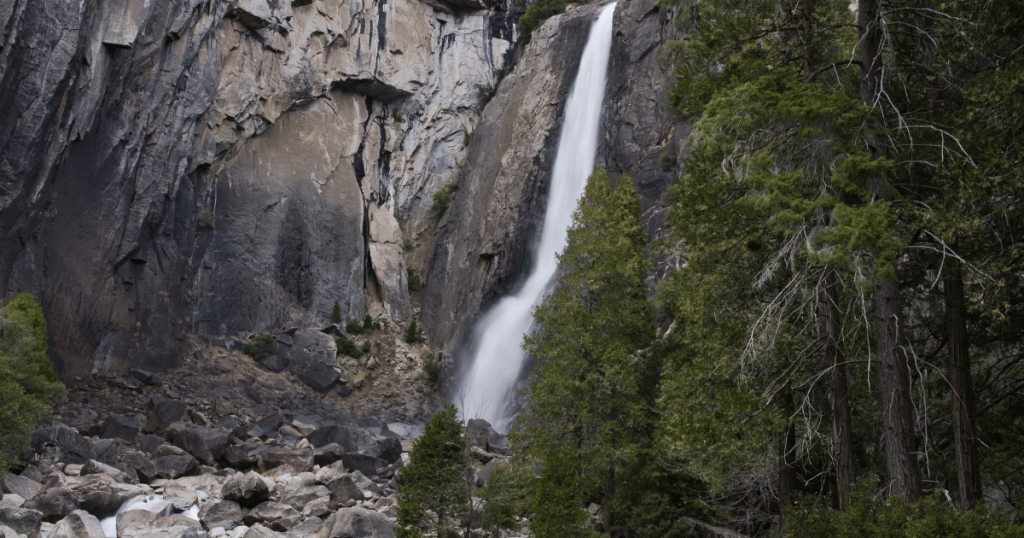
Best Times to Visit Cascade Falls
Planning your visit during the right season can significantly enhance your experience at Cascade Falls. The cascading water, the flora and fauna, and even the rock formations can differ dramatically depending on the time of year.
Information on the Best Seasons and Times of Day to Visit Cascade Falls
Spring and early summer are the most optimal seasons to visit Cascade Falls. During these times, the snowmelt fills the creek, resulting in a spectacular display as the water cascades over the granite cliffs.
The flowers are in bloom, painting the landscape in vibrant hues, and the wildlife is active. The best time of day to visit is early morning or late afternoon, when the light casts a soft glow on the falls and surroundings, creating ideal conditions for photography.
Considerations for Visiting During Peak Tourist Seasons
Visiting during the peak tourist season (late spring to early fall) ensures a dynamic waterfall and lush surroundings but also means contending with larger crowds. Booking accommodations and parking may require advanced planning.
Consider weekday visits or early morning hikes to avoid the most congested times. Remember, even during peak times, the beauty and grandeur of Cascade Falls make any visit worth it.
Conclusion: Cascade Falls Yosemite
Cascade Falls is undeniably one of nature’s most impressive spectacles, a testament to the splendor and diversity of the Yosemite Valley. Its unique ecosystem teems with a rich array of plant and animal species, each adapted to thrive in the varied conditions around the falls.
Imbued with cultural and historical significance, the falls have been a source of inspiration, reverence, and fascination for centuries. Whether you’re a wildlife enthusiast, a history buff, or simply someone seeking the serenity of nature, a visit to Cascade Falls promises an unforgettable experience.

